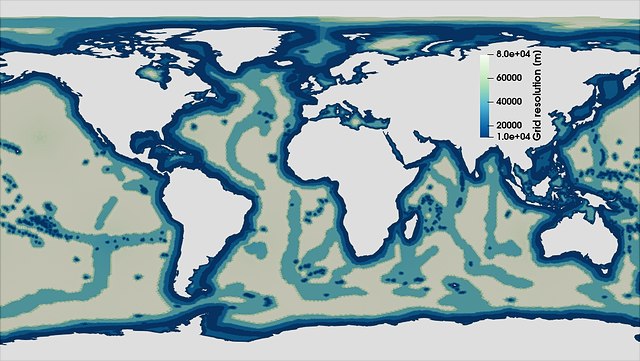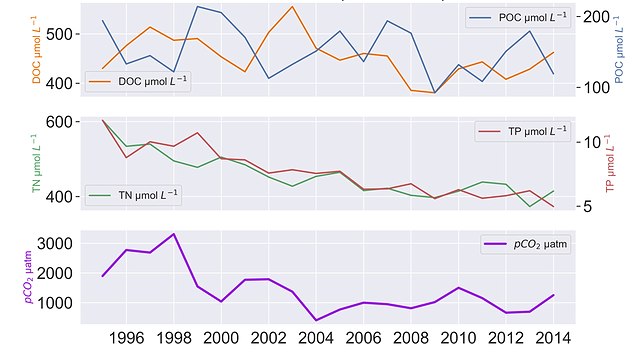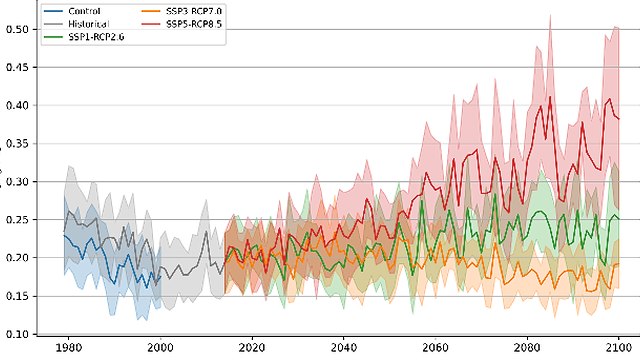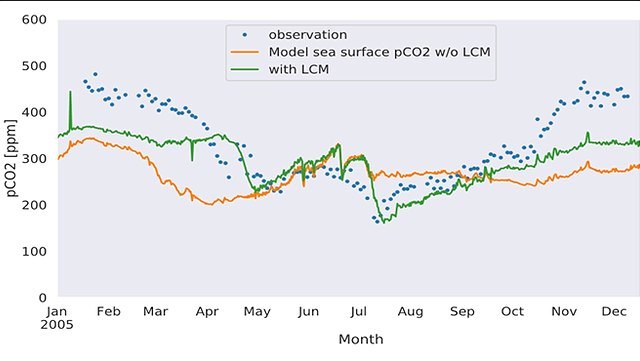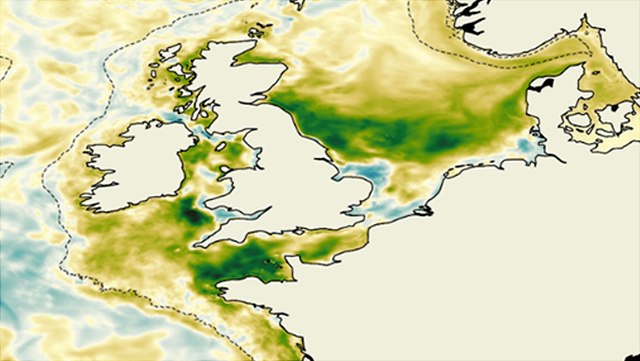A5 - The Land-Ocean Transition Zone
Publications A5
Chairs: Jens Hartmann (UHH), Peter Korn (MPI-M), Corinna Schrum (Hereon)
CLICCS-funded Scientists: Kubilay Demir (Hereon), Jan Kossack (Hereon), Kai Logemann (Hereon), Ella Logemann (UHH), Moritz Mathis (Hereon), Veronika Mohr (Hereon), David Nielsen (MPI-M)
Team: Ute Daewel (Hereon), Alberto Elizalde-Arellano (Hereon), Stefan Hagemann (Hereon), Dieter Hanelt (UHH), Tatiana Ilyina (UHH), Kai Jensen (UHH), Elisa Schaum (UHH), Tobias Stacke (MPI-M), Helmuth Thomas (Hereon)
The project focuses on the physical and biogeochemical dynamics of the global land-ocean transition zone (LOTZ) and its role in the Earth system. We address the hypothesis that the coastal ocean has changed from a carbon source to a carbon sink during the last decades. A central pillar is the development of the modeling system ICON-coast, which connects seamlessly the deep ocean with the coastal regions covering both global and regional scales.

To close critical gaps in our knowledge of biogeochemical process kinetics, matter variability and budgets, new data was collected and selected process-based models were carried out. Those processes that prove to be important for the carbon-cycling were considered in the new ICON-coast and the Earth system model ICON-ESM.
The project evaluates the potentially changing role of the coastal ocean in the global carbon cycle and establishes new climate change projections for the global coast. This information about the physical and biogeochemical constraints of carbon fluxes in coastal regions for possible futures is needed by Theme C and will contribute directly to answering the overarching question of CLICCS.

